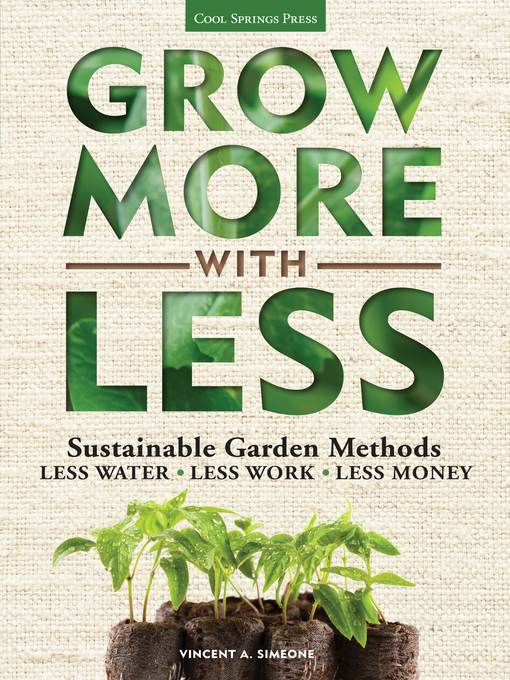Staff Picks
Make your greenspace greener
Image: “Spotted Joe Pye Weed” by Peter Gorman used under CC BY / Cropped from original
Spring has sprung – well, at least it did for a few days -- and my thoughts have turned to my back yard, where we will spend a majority of our free time this spring and summer. On this 45th anniversary of Earth Day, I am thinking about how to make our yard the beautiful green place we’ll enjoy while also making it “green” in the environmental sense.
Looking forward to these beauties in June!
This year, now that we know what already exists in our yard, we’re going to put our own touch on it. I am a “low-key” gardener – I like getting out there and getting my hands dirty, but I also like low-maintenance gardening because a good deal of my summer will be spent camping. Enter in: sustainable gardening.
A sustainable garden is one that is doesn’t require extraordinary measures (extra watering, pesticides, fertilizers) to grow well in its environment, and it also has a positive impact on your “carbon footprint” since you’re not relying on extra or environmentally-harmful resources to make it survive. A sustainable garden usually has plants native to your region so they don’t require extra care, and they also support native species, like bees and butterflies. So this spring, once we’re past the late frost danger zone, I’ll be looking at the ways we can make our yard more sustainable. The Chicago Botanic Garden shares some great tips about sustainable gardening on their site, including:
- Composting
- Using rain barrels
- Removing invasive species
- Planting perennial food plants (like strawberries and rhubarb – yum!)
I’ll also be checking out some of the great resources we have here through the library:
Green Gardening and Composting
by Molly Aloian
